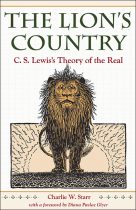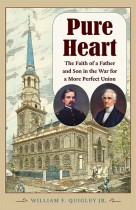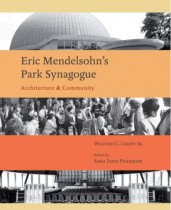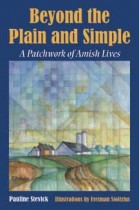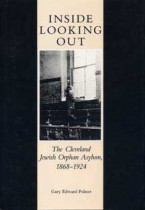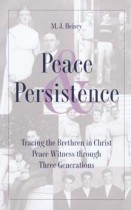Tabernacles in the Wilderness
Rachel Williams | Filed under: Interpreting the Civil War: Texts and Contexts, Recent Releases, Religion, U.S. History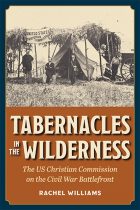
Tabernacles in the Wilderness discusses the work of the United States Christian Commission (USCC), a civilian relief agency established by northern evangelical Protestants to minister to Union troops during the American Civil War. USCC workers saw in the Civil War not only a wrathful judgment from God for the sins of the nation but an unparalleled opportunity to save the souls of US citizens and perfect the nation. Thus, the workers set about proselytizing and distributing material aid to Union soldiers with undaunted and righteous zeal.

